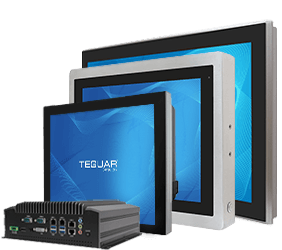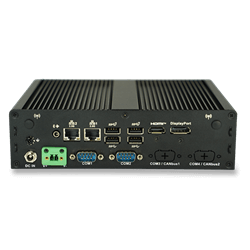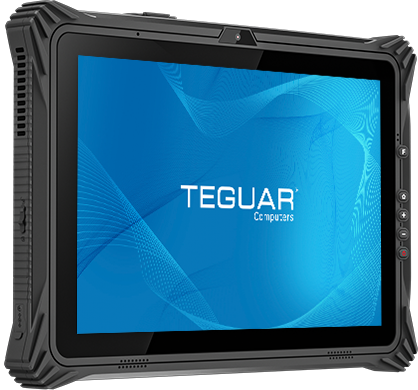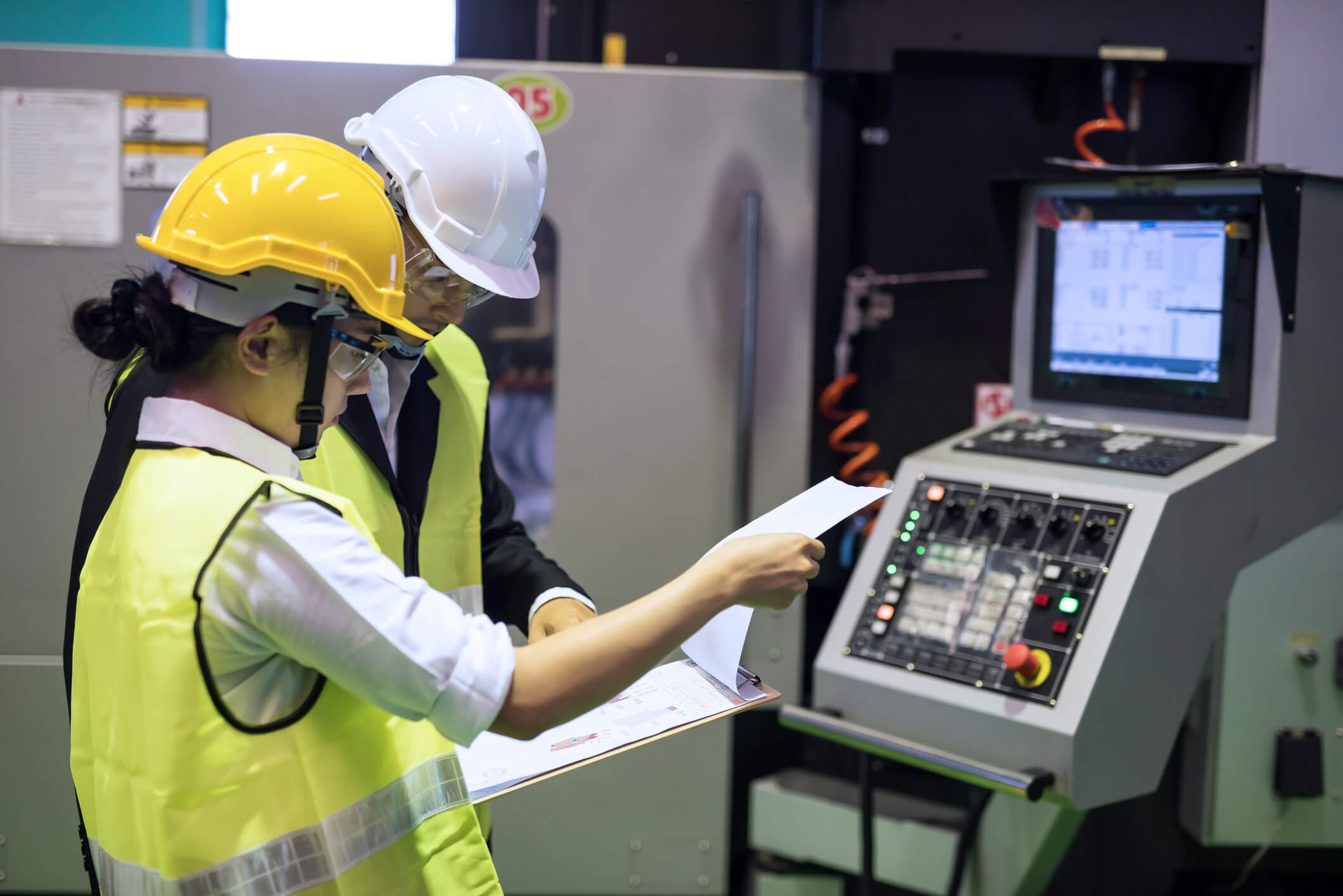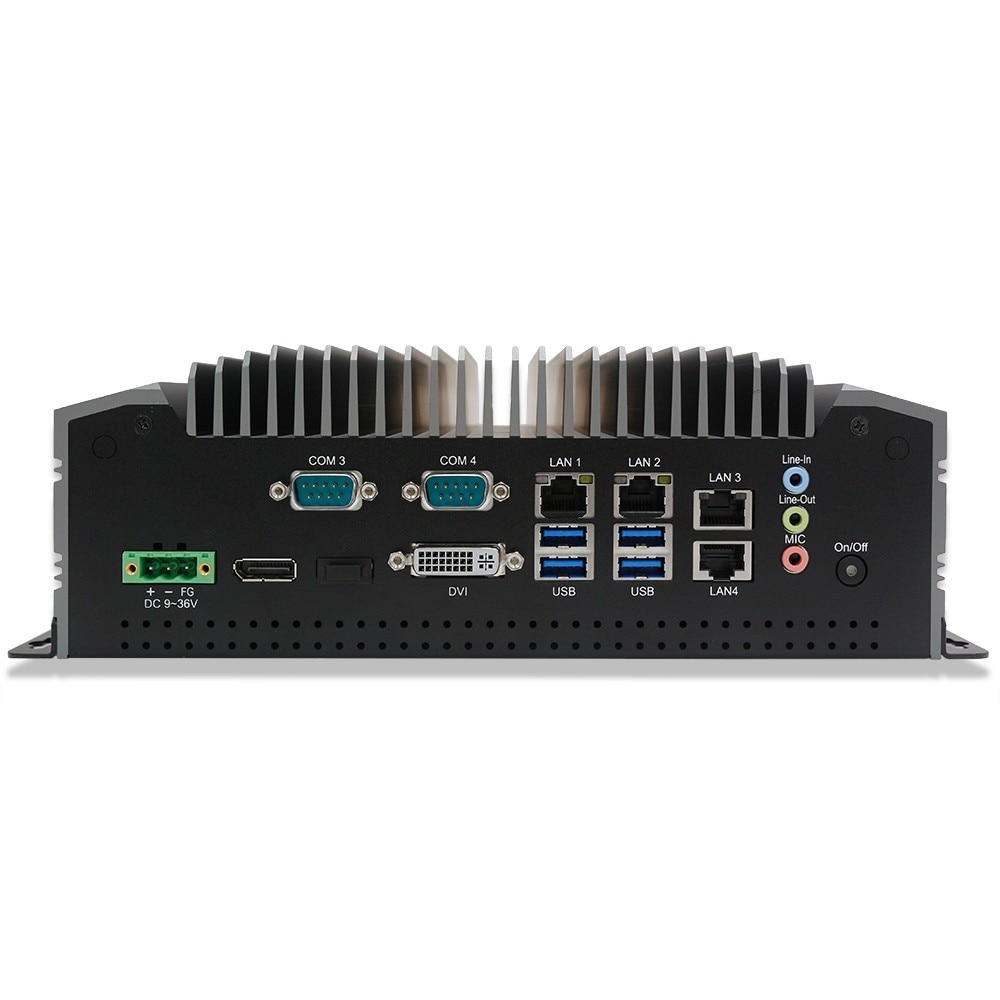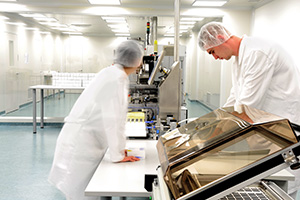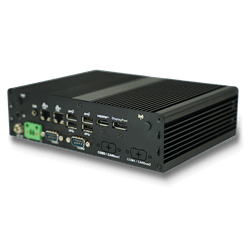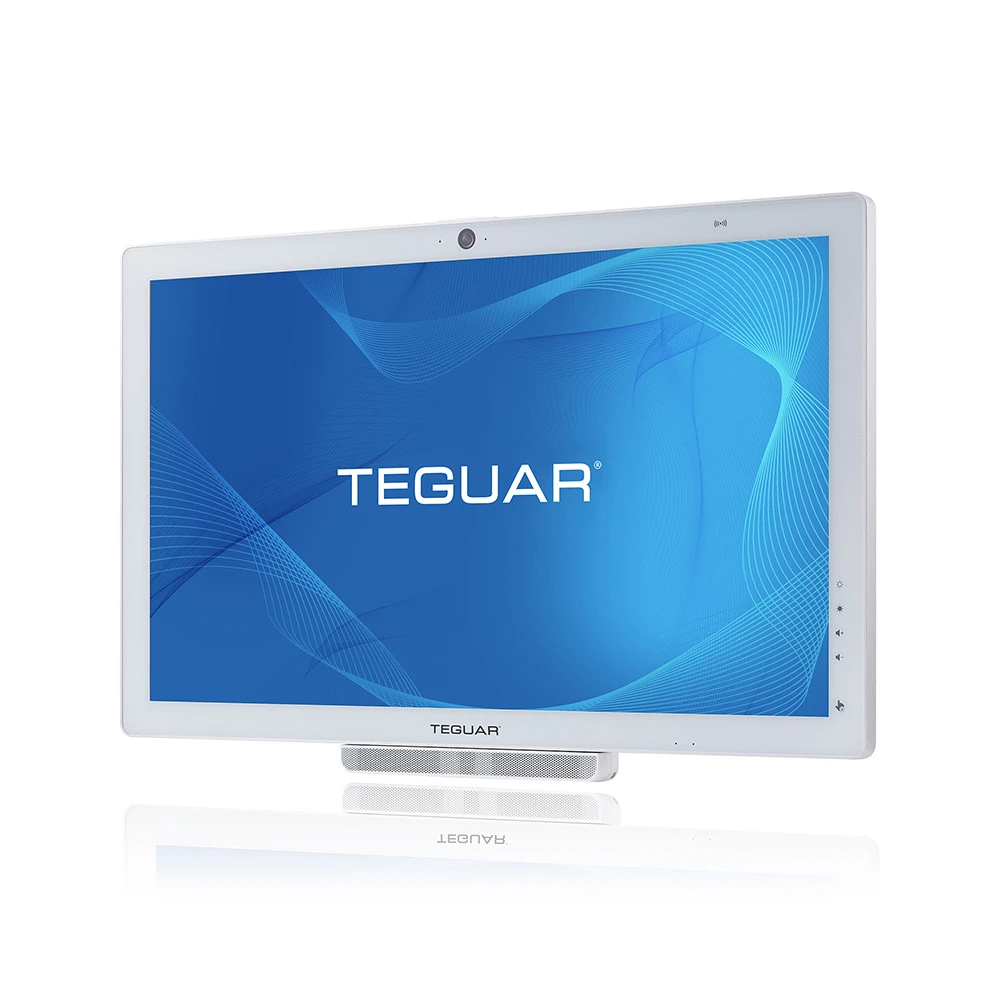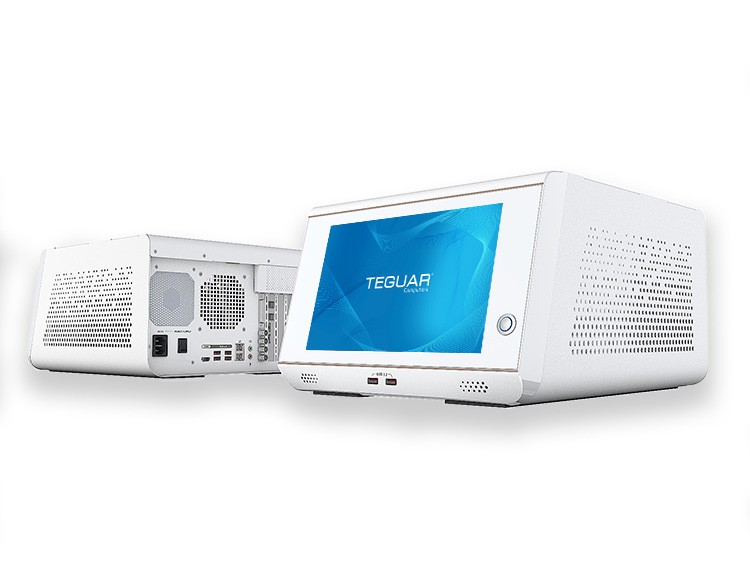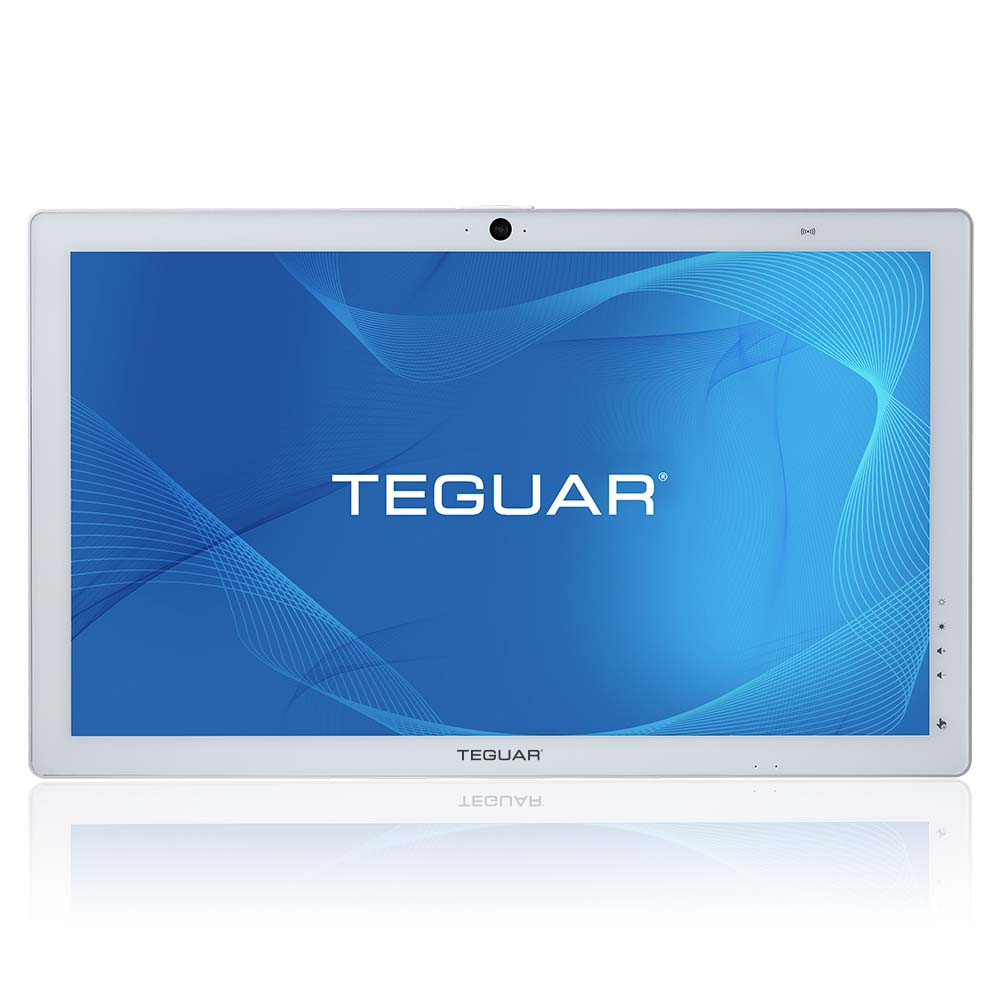What is a sunlight readable display?
 Sunlight readable means that the display is viewable in high ambient light conditions such as direct sunlight. It is difficult to view standard displays in direct sunlight, because the brightness of the sunlight is much higher than the brightness of the display. Reflections on the display wash out the images on the screen. Sunlight readable displays are often required for outdoor applications, vehicle computers, and public kiosks.
Sunlight readable means that the display is viewable in high ambient light conditions such as direct sunlight. It is difficult to view standard displays in direct sunlight, because the brightness of the sunlight is much higher than the brightness of the display. Reflections on the display wash out the images on the screen. Sunlight readable displays are often required for outdoor applications, vehicle computers, and public kiosks.
What is a TFT LCD?
Before answering the questions below, it would be helpful to provide a simple overview of how a TFT LCD works. Every monitor or touchscreen computer includes an LCD panel. The LCD panel is the component that you are viewing at this very moment. This panel includes a thin layer of TFT LCD pixels, where each pixel includes a red, blue, and green rectangle. You can actually see the individual pixels on a display if you place a drop of water on it. The drop will magnify the pixel area and reveal a pixel with a red, blue, and green rectangle. Each red, blue, and green rectangle is a small lens that can be adjusted to allow varying amounts of light to pass through. The colors you see on your screen are determined by how much light is passing through each adjustable red, green, and blue element of each pixel.
The light that you see does not come from the pixels themselves, but from the backlight behind the pixels, which is a series of carefully placed LEDs that emit white light that projects through the LCD pixels. You cannot see the individual backlight LEDs when you look at your monitor, because there is layer of light diffusing material between the LED backlight and the LCD pixel layer. The light diffusing material scatters the light from each individual backlight LED, so they do not show up as bright spots on your monitor.
To summarize, the three layers of an LCD panel are the TFT LCD pixel layer, the diffuser layer, and the LED backlight layer. Note that some LCDs have edge-lit backlighting, but there is no need to go into detail about this, as the same principles apply. That completes LCD panel course 101. Now, what makes a display sunlight readable?
What makes a display sunlight readable?
There are two general ways to make an LCD brighter and therefore readable in sunlight. The first and simplest way is to increase the brightness of the backlight. LCD brightness is measured in Nits. Typical LCD panels have a screen brightness between 250 Nits to 450 Nits. LCD brightness of 800 Nits or higher is generally considered sunlight readable, but most sunlight readable displays are 1000 nits. Increasing the brightness of the LCD panel backlight is the most common method of making an LCD panel sunlight readable. Most of Teguar’s industrial panel PCs and touchscreen monitors are available with this type of high brightness LCD.
Another way to make an LCD sunlight readable is to change the diffuser material between the LED backlight and the LCD pixels to a “transflective” material. The transflective material is similar to reflective sunglasses or a one way window, where the shiny side is facing the LCD surface. When transflective material is used, the sunlight entering the LCD panel travels through the pixels, bounces off the transflective material, and is reflected back through the pixels to your eyes. In this case, the sunlight has much less of an impact on viewability than a traditional LCD panel, as the sunlight is reflecting back through the LCD pixels and contributing to the LCD brightness. One drawback of transflective diffuser LCDs is that they don’t allow for as much of the backlight to pass through the diffuser material, so in low light conditions the LCD does not appear as bright. Transflective diffuser LCDs are not as common as high brightness backlight LCDs.
What is optical bonding?
Optical bonding improves viewability of touchscreen PCs in sunlight or other high-bright environments. In a touchscreen computer, the touchscreen sensor and the LCD panel are separate components. The touchscreen is mounted in front of the LCD surface and there is a small air gap between these two components. When sunlight passes through the touchscreen layer, some amount of the light is reflected between the LCD surface and the touchscreen; this reflection reduces LCD viewability.
Optical bonding is a process where a clear adhesive gel is placed between the LCD to the touchscreen. The gel hardens and bonds the touchscreen to the LCD to eliminate the air gap, improving contrast and clarity. Optical bonding is available on many of Teguar’s touchscreen computers and industrial monitors.
Can sunlight readable displays be dimmed at night time?
The brightness of a sunlight readable display may be overwhelming at night, when there is little or no ambient light. Most industrial computers with sunlight readable LCDs are available with an optional auto-dimming feature. With this feature, an ambient light sensor on the front bezel measures incoming light and adjusts the backlight brightness to match the current light conditions. This is typically a requirement for industrial touchscreen computers that are used in both sunlight and moonlight.
Protecting the display from UV damage
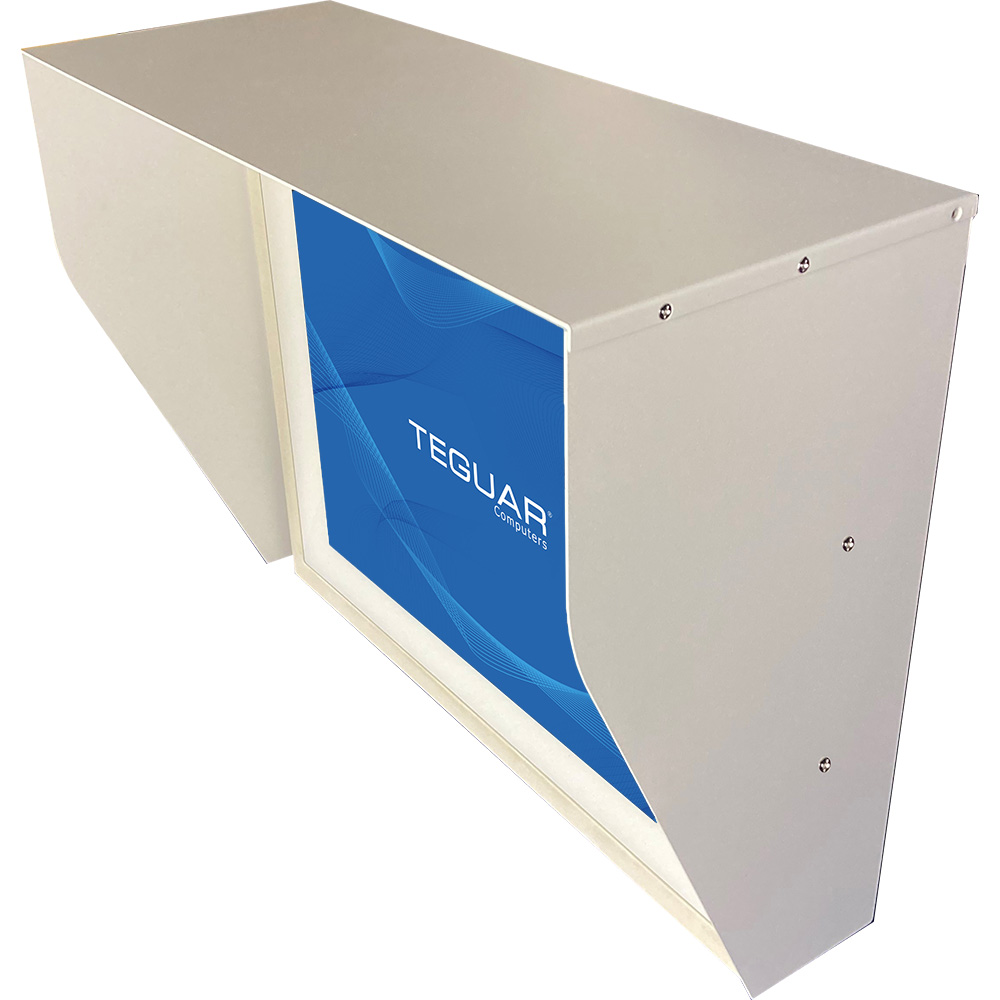
Sunlight also comes with a high amount of UV radiation that can damage the components used in touch screens. PCAP touch screens resist UV damage better than Resistive, but even a PCAP screen must be protected from too much UV exposure. Teguar computers are best suited for environments that provide some level of shade, such as a roof or overhang above the computer, or a structure that blocks the screen from direct exposure to the sun. Most outdoor computer manufactures, Teguar included, will offer a specialized shroud/hood that mounts directly to the unit to provide some level of shade.
Most of our products can handle a few hours of direct sun exposure per day, but full exposure to direct sunlight will cause damage to most touch screens in around 1 year. Contact a knowledgeable Teguar sales rep to discuss the details of your own environment and we can help determine the best solution.
Besides outdoor use, what are other scenarios where you need a high brightness display?
Touchscreen computers in vehicles commonly require high brightness LCDs, because of the ambient sunlight coming through the windows. Sunlight readable LCDs are also used in many indoor applications surrounded by windows, such as air traffic control centers, railroad cars, marine vessels, agriculture machinery, and public kiosks.


